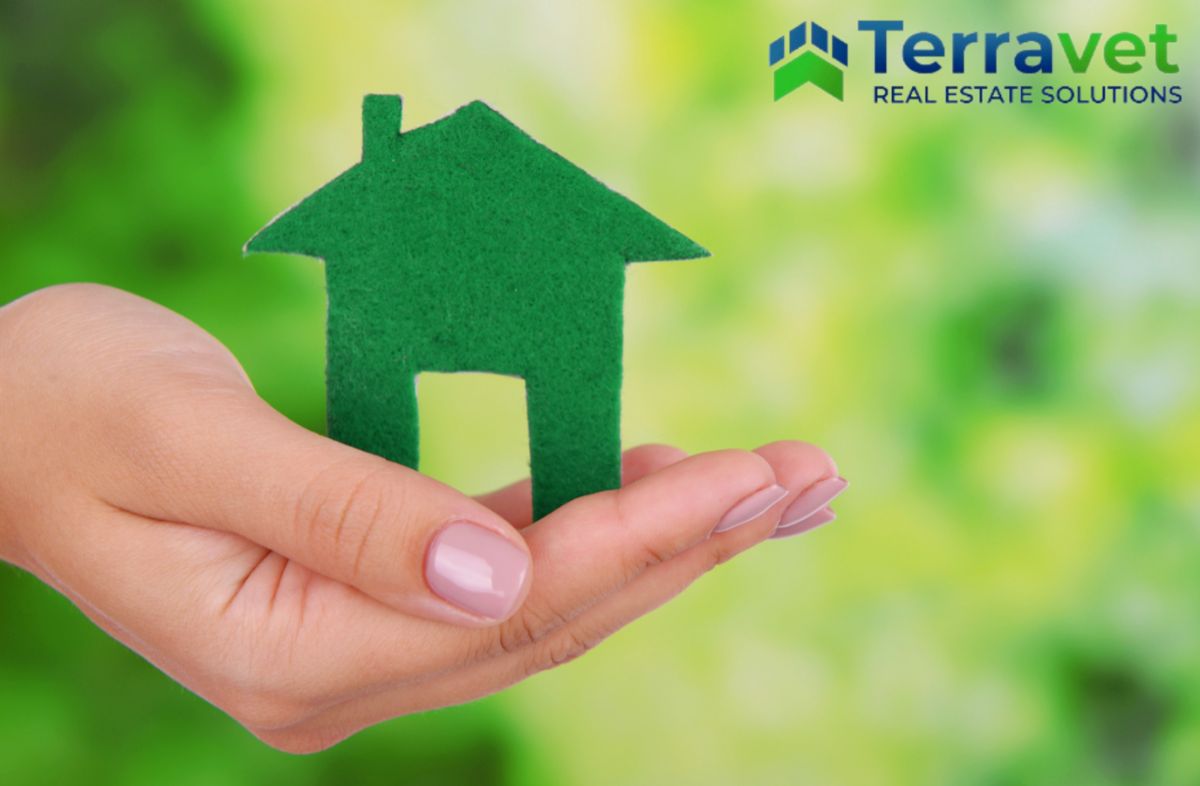In today’s world, the importance of sustainable real estate practices cannot be overstated. For veterinarians looking to lease, sell, or expand their practices, incorporating eco-friendly and sustainable elements into your veterinary real estate can have far-reaching benefits. From reducing environmental impact to attracting eco-conscious clients, the advantages of green building practices are clear. In this article, we’ll explore sustainable design considerations and eco-friendly options for veterinary real estate.
- Sustainable Site Selection
The first step in creating a sustainable veterinary practice is choosing the right location. Opt for sites that are easily accessible to reduce the need for long commutes and minimize transportation-related emissions. Consider proximity to public transportation and the availability of bike racks to encourage eco-friendly commuting.
- Energy Efficiency
Energy-efficient design is a cornerstone of sustainable real estate. Incorporate energy-efficient lighting, HVAC systems, and appliances to reduce energy consumption. Solar panels and green roofing can also be excellent additions to harness renewable energy and promote natural insulation.
- Water Conservation
Implement water-saving measures like low-flow faucets, toilets, and water-efficient landscaping. Rainwater harvesting systems can collect and reuse rainwater for irrigation, further reducing water waste.
- Sustainable Materials
Choose sustainable and eco-friendly materials for construction and interior design. Bamboo, reclaimed wood, recycled metal, and non-toxic paints are just a few options that can reduce the environmental impact of your veterinary real estate.
- Indoor Air Quality
Enhance indoor air quality by using low-VOC (volatile organic compound) paints and finishes. Proper ventilation and air filtration systems are essential for maintaining a healthy and comfortable environment for both patients and staff.
- Waste Reduction
Implement waste reduction strategies by setting up recycling programs and reducing single-use plastics in your practice. Encourage clients to participate in your recycling efforts.
- Green Certifications
Consider seeking green building certifications, such as LEED (Leadership in Energy and Environmental Design), which can validate your commitment to sustainable practices and potentially increase the value of your veterinary real estate.
- Eco-Friendly Landscaping
Landscaping with native plants can reduce water consumption and maintenance costs. Additionally, creating green spaces for clients and their pets to enjoy can enhance the overall appeal of your practice.
Conclusion
Sustainable real estate practices in veterinary clinics not only benefit the environment but also contribute to the long-term success of your practice. They can attract environmentally conscious clients, reduce operational costs, and enhance your brand image.



